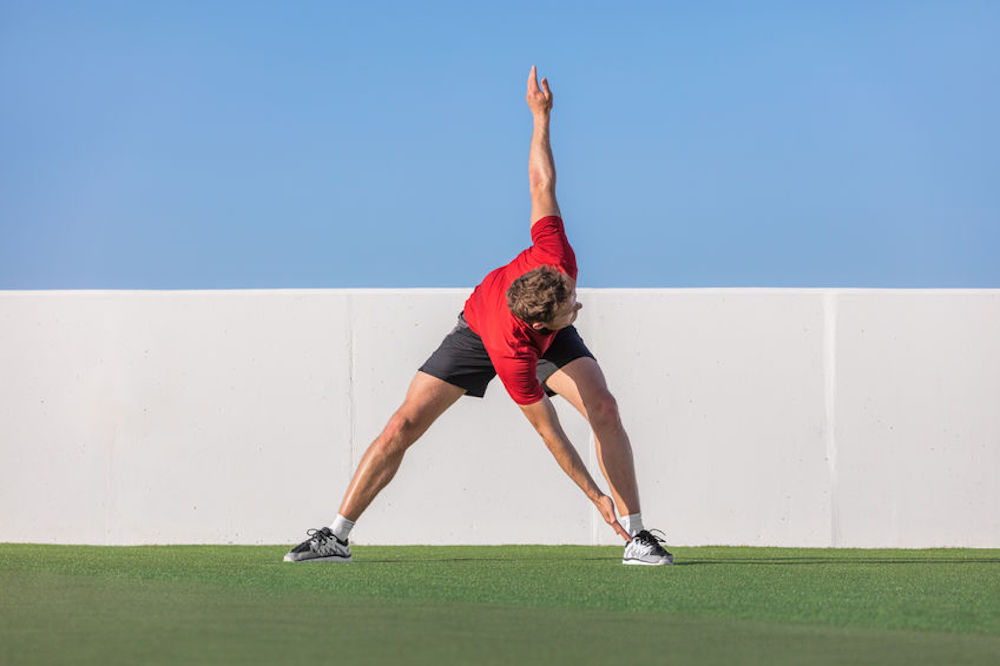
Dynamic stretching – Does it reduce risk of injury?
In the pursuit of peak athletic performance, the role of stretching, both static and dynamic, has become a subject of extensive exploration. While the potential benefits of flexibility enhancement are apparent, the intricacies of how stretching impacts performance and injury prevention remain multifaceted. This journey through the recent research done by Behm and colleugues aims to unravel the complexities surrounding different stretching modalities and their implications for athletes.
Sports medicine research made simple & fun: HERE
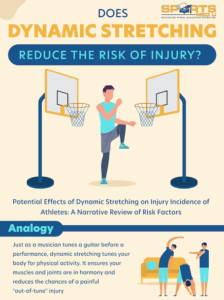
Stretching – is it good or bad?
The idea that static stretching can have a negative impact on performance not only in the stretched muscles but also in the non-stretched muscles on the opposite side is a point of consideration.
Research, both in the form of previous reviews and original studies, has indicated that if static stretching is kept to no more than 60 seconds per muscle group and is part of a larger warm-up routine that includes prior aerobic activity, as well as subsequent dynamic stretching and activity, the effects on performance that follows are generally minor.
Dynamic stretching, as a contrasting approach, involves controlled movements within the active range of motion. This is characterised by repetitive loading of muscles (applying tension at the end of the range of motion) and unloading (allowing muscle relaxation through the middle of the range of motion).
It’s worth noting that some studies propose that a single session of static stretching might be more effective than dynamic stretching in improving the range of motion (ROM). However, it’s important to acknowledge that there’s varying research on this particular topic, and the effectiveness may depend on several factors.

Methods of the study
In the methodology section, the authors identified only two studies that specifically delved into the impact of dynamic stretching on the occurrence of injuries. Due to the limited number of studies available, the authors decided against conducting a systematic review or meta-analysis and instead chose to pursue a narrative review.
Opting for a narrative review provided the authors with the flexibility to explore a wider range of information. This approach allowed them to avoid the constraints imposed by the rigid methodologies and structures typically associated with systematic reviews. By adopting a narrative review, the authors aimed to offer a comprehensive examination of the available literature on the effects of dynamic stretching on injury occurrence.
The results
Range of Motion
In current research, there’s an ongoing discussion about how limited flexibility might impact the likelihood of sustaining injuries.
Certain review articles underscore the importance of flexibility and measurements of ROM as crucial indicators that can predict injury rates. On the flip side, other sources have cast uncertainties on whether ROM truly serves as a definitive risk factor for injuries. This debate revolves around the significance of an individual’s flexibility in relation to their susceptibility to injuries, and it remains a topic of exploration within the research community.
The effect on kinematics
Understanding the impact of dynamic stretching on body movements, known as kinematics, is important, especially given previous research linking kinematics to the risk of injuries, particularly in the lower limbs.
While many studies have primarily concentrated on dynamic stretching’s influence on flexibility and ROM, a limited number of research projects have gone a step further, examining how dynamic stretching affects the specific movements of the lower limbs during activities such as football instep kicks and landings.
Some evidence from these studies suggests that dynamic stretching has the potential to alter the movement of the knee during landings, specifically by reducing sideways movement (knee abduction) and inward twisting (internal rotation).
However, our understanding of the underlying mechanisms behind these changes is not yet complete. Despite indications pointing towards a generally positive impact of dynamic stretching on joint movements, more research is required across various dynamic tasks to solidify these conclusions.
In essence, while there’s promising evidence, further investigation is necessary to grasp the full scope of dynamic stretching’s influence on intricate body movements.
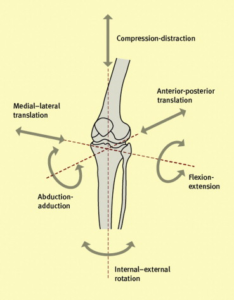
Impact of Dynamic Stretching on Performance
Exploring how dynamic stretching influences performance is essential, particularly in enhancing the muscle-tendon complex’s ability to handle forces, especially during muscle stretching, a crucial factor in preventing injuries.
A comprehensive meta-analysis delved into the effects of a single session of dynamic stretching on performance across various activities, including jumps, sprints, agility, and strength tests, encompassing 20 studies. The findings revealed positive impacts in some cases, with small or more substantial improvements. However, it’s noteworthy that dynamic stretching had trivial effects in 21 studies and even demonstrated impairments in 7 studies. On average, these improvements were relatively modest, totaling about 1.3%.
The enhanced performance observed after acute dynamic stretching in certain studies can be attributed to several factors. These include heightened muscle and body temperature, promoting increased energy production; improved neuromuscular function due to dynamic stretching’s impact on spindle reflexes and motor neurons; stimulation of the nervous system; and reduced inhibition of antagonist muscles. Additionally, the phenomenon of post-activation potentiation may contribute to an accelerated rate of muscle contractions.
Interestingly, many of these performance-enhancing factors can also be achieved with the more restricted Range of Motion (ROM) involved in various dynamic activities. This prompts questions about whether performing dynamic movements throughout a full ROM, as observed in dynamic stretching, is indeed necessary to reap these benefits. The complexity of these findings underscores the need for further research to clarify the optimal approach to dynamic stretching for maximising performance gains
Balance and Proprioception: Exploring Immediate Effects
The connection between impaired balance and proprioception and the risk of injuries is well-established within the realm of sports science.
In two studies involving participants engaging in a single session of dynamic stretching, minor improvements in balance were noted. These enhancements were observed when individuals stretched specific muscle groups, including the quadriceps, hip flexors, gastrocnemius, and hamstrings. Subsequently, participants underwent balance assessments like the Y-balance test and Star Excursion Test.
Conversely, in a separate study applying acute dynamic stretching to both upper and lower limb muscles, no significant impact on participants’ balance was observed. This study utilised a stability platform, limiting the balance assessment to a single plane of motion.
Another study, which focused on the quadriceps, hamstrings, and gastrocnemius muscles, found no improvement in balance when evaluating the center of pressure during a demi-pointe pose.
The immediate effects of dynamic stretching on balance and proprioception, as indicated by these results, appear somewhat conflicting. Notably, there are currently no studies examining the long-term effects of dynamic stretching on balance and proprioception.
This underscores a significant research question awaiting exploration in future investigations. Understanding how dynamic stretching influences these crucial aspects over an extended period remains an area ripe for exploration within the scientific community.
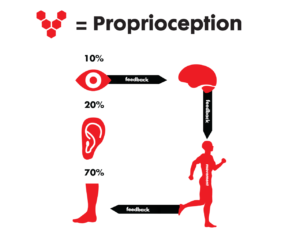
Tissue adaptation from dynamic stretching
Exploring the morphological impacts, dynamic stretching presents potential benefits in mitigating injury risks, particularly by reducing stiffness at the muscle-tendon junction (MTJ). This reduction in MTJ stiffness is attributed to the increased flexibility of muscles and tendons.
When the MTJ becomes more flexible, it gains the ability to absorb energy more effectively during physical activities. This adaptability may potentially diminish the severity of muscle soreness post-exercise.
Some researchers put forward that the augmented ROM observed after a single session of dynamic stretching primarily stems from an enhanced stretch or pain tolerance rather than an actual decrease in the stiffness of soft tissues.
In the context of chronic dynamic stretching training, reported increases in MTJ compliance bring about changes in the angle-torque relationship. This alteration allows for greater relative force production at longer muscle lengths, contributing to injury prevention by bolstering dynamic joint stability. This shift is particularly valuable as many injuries occur when muscles are in lengthened positions where natural force is reduced. Consequently, the ability to generate greater force with elongated muscles may offer protection against muscle strain injuries.
However, conflicting evidence arises concerning how dynamic stretching affects MTJ stiffness, both in the short term and with chronic training. Various studies have reported decreased stiffness, no change, or even increased stiffness in muscles and MTUs (muscle-tendon units).
Given this diversity in outcomes, drawing a definitive conclusion about whether dynamic stretching-induced alterations in MTJ stiffness and compliance can effectively prevent injuries remains challenging based on the current available evidence. Further research is warranted to provide clearer insights into the morphological dynamics associated with dynamic stretching and its role in injury prevention.
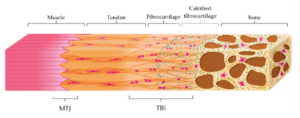
Psychological Implications of Dynamic Stretching
Examining the psychological dimensions, dynamic stretching holds potential mental benefits for athletes, and these advantages are likely rooted in psychological factors.
Dynamic stretching could exert a positive influence on psychosocial stressors, affecting emotional states and potentially resulting in improvements in various psychophysiological aspects. This might manifest as reduced muscle tension, heightened concentration or focus, and an overall enhanced mental preparedness for engaging in games and competitions.
In simpler terms, incorporating dynamic stretching into a routine might not only contribute to physical flexibility but could also positively impact an athlete’s mental state. This could translate into reduced stress, increased focus, and an improved mental state, creating a favorable mindset for optimal performance in sports activities.
Clinical Considerations
This research delves into just two studies, limiting our comprehensive understanding of the effectiveness or lack thereof of dynamic stretching in preventing injuries.
Crucially, the key to reducing the risk of injuries simplifies down to elevating body temperature and activating the nervous system.
Well-established approaches like FIFA11+ have proven effective in lowering injury rates among football players and can serve as a valuable blueprint for creating more straightforward plans (FIFA11+ typically takes around 25 minutes to complete).
Additionally, the mental preparedness of athletes holds substantial weight. Strengthening confidence emerges as a crucial factor in enhancing athletic performance and reducing the risk of injuries.
In summary, the advantages of incorporating dynamic stretching into a warm-up routine seem to outweigh the potential drawbacks. It may be beneficial to include a couple of dynamic stretching exercises, but the primary focus should remain on maintaining position control, raising body temperature, and engaging in sport-specific movements within a dynamic context.
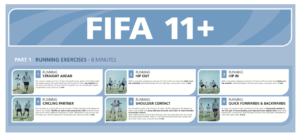
As we conclude this expedition into the realms of dynamic stretching, a nuanced understanding emerges. The interplay between stretching, performance, and injury prevention requires careful consideration. From the morphological adaptations to the psychological dimensions, each facet contributes to the athlete’s holistic well-being.
While dynamic stretching presents promising avenues, its implementation should be guided by a comprehensive strategy that integrates body temperature elevation, nervous system activation, and sport-specific movements. As the athletic community strives for excellence, the quest to optimise stretching techniques continues, urging further research and a nuanced approach to fostering athletic resilience and prowess.
Credit
- Behm, D.G., Alizadeh, S., Daneshjoo, A. and Konrad, A., 2023. Potential Effects of Dynamic Stretching on Injury Incidence of Athletes: A Narrative Review of Risk Factors. Sports Medicine, pp.1-15.
- Behm, D.G., Blazevich, A.J., Kay, A.D. and McHugh, M., 2016. Acute effects of muscle stretching on physical performance, range of motion, and injury incidence in healthy active individuals: a systematic review. Applied physiology, nutrition, and metabolism, 41(1), pp.1-11.



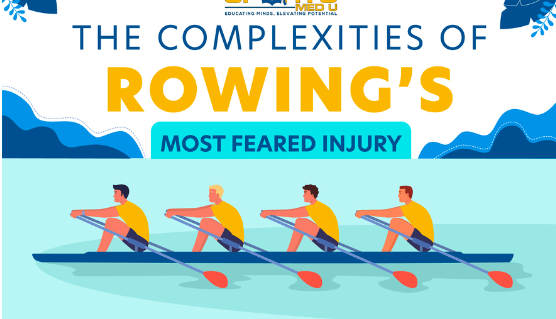
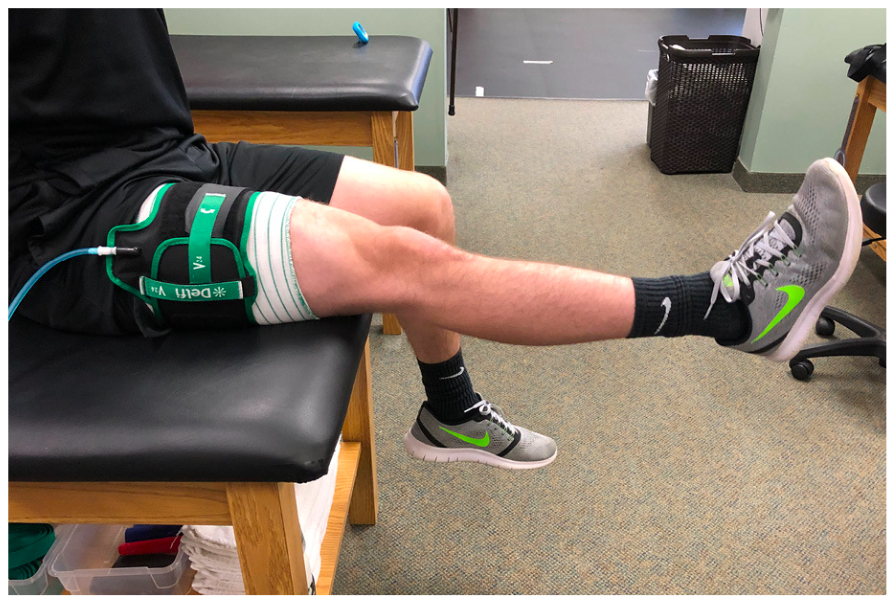

Leave a Reply